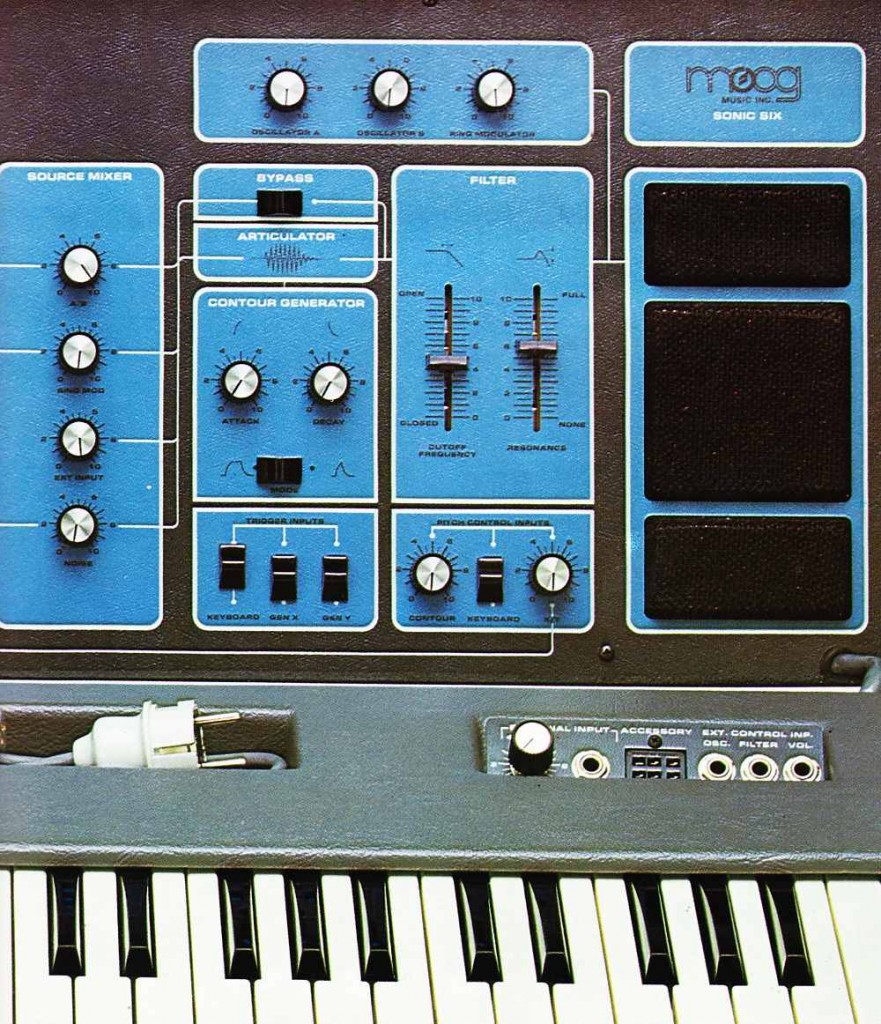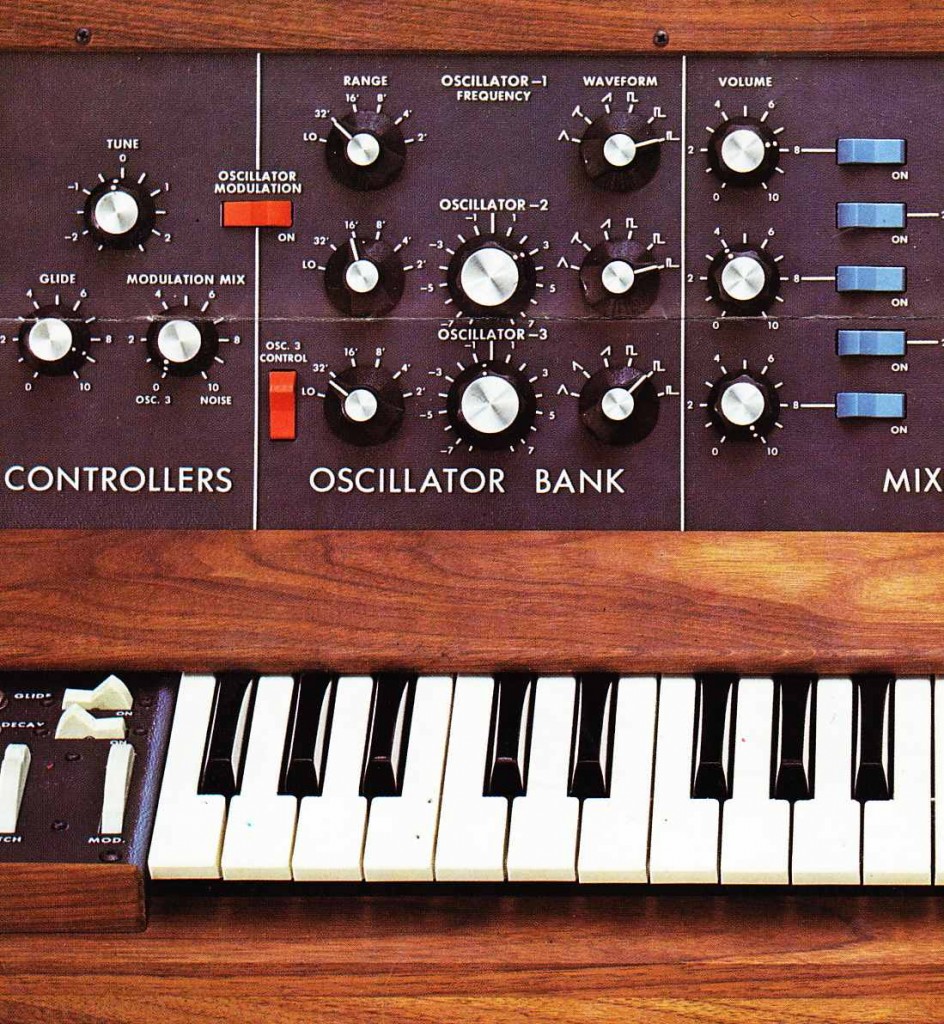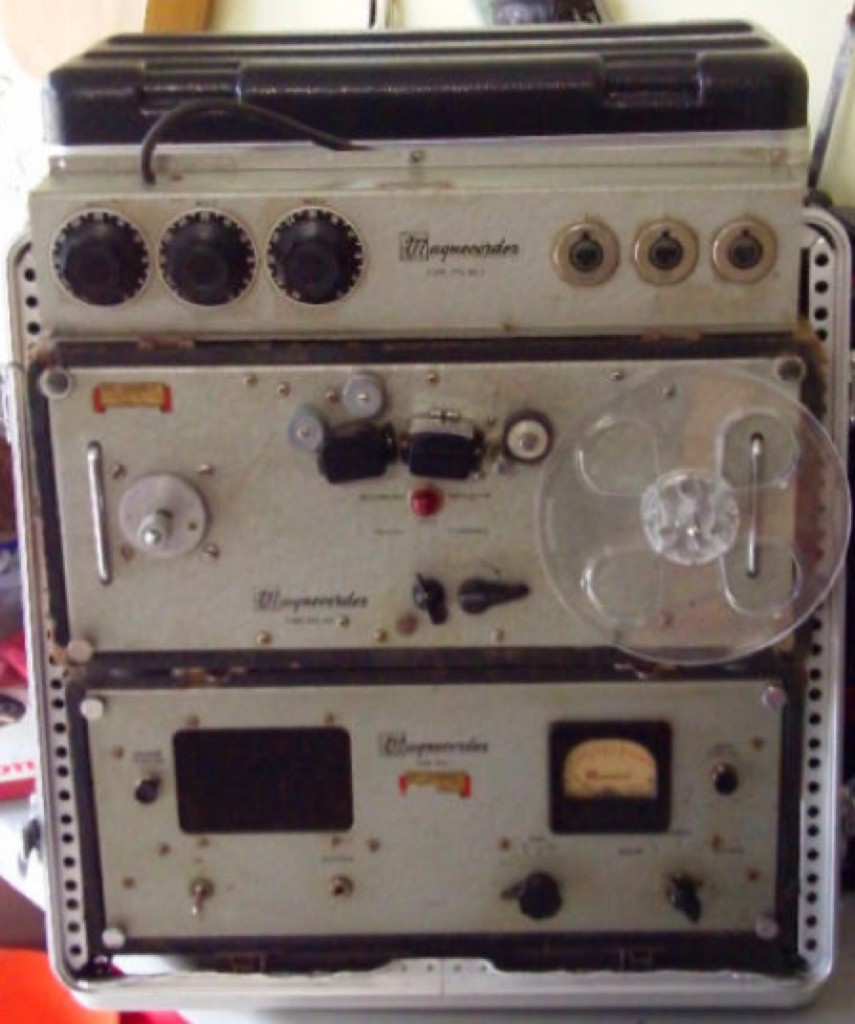 For all the PS dot com readers who have inquired about the Magnecord tube reel-to-reel machines that I have discussed here: a complete system, including the very rare PT6-IM3 mixer unit, is available on eBay right now with a current price of $124. I have no knowledge of this specific unit or this seller. Check it out….
For all the PS dot com readers who have inquired about the Magnecord tube reel-to-reel machines that I have discussed here: a complete system, including the very rare PT6-IM3 mixer unit, is available on eBay right now with a current price of $124. I have no knowledge of this specific unit or this seller. Check it out….
Month: March 2011
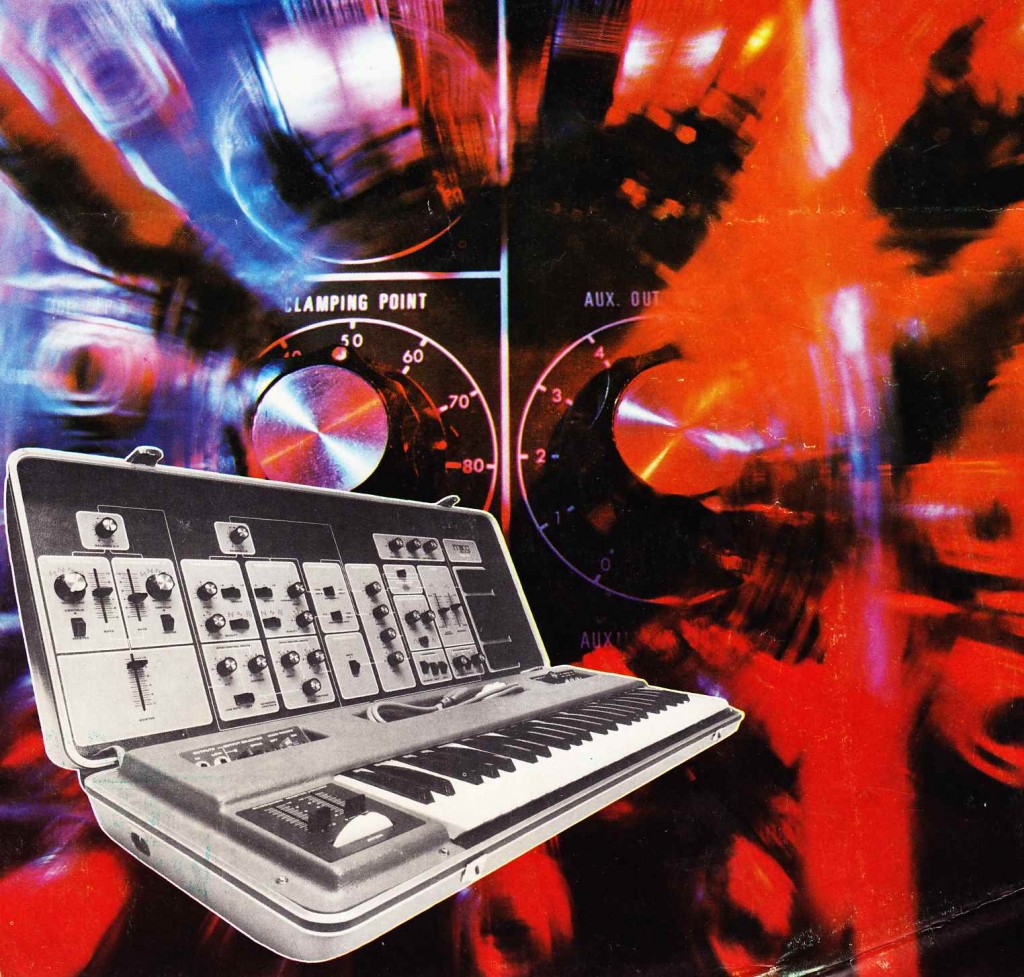
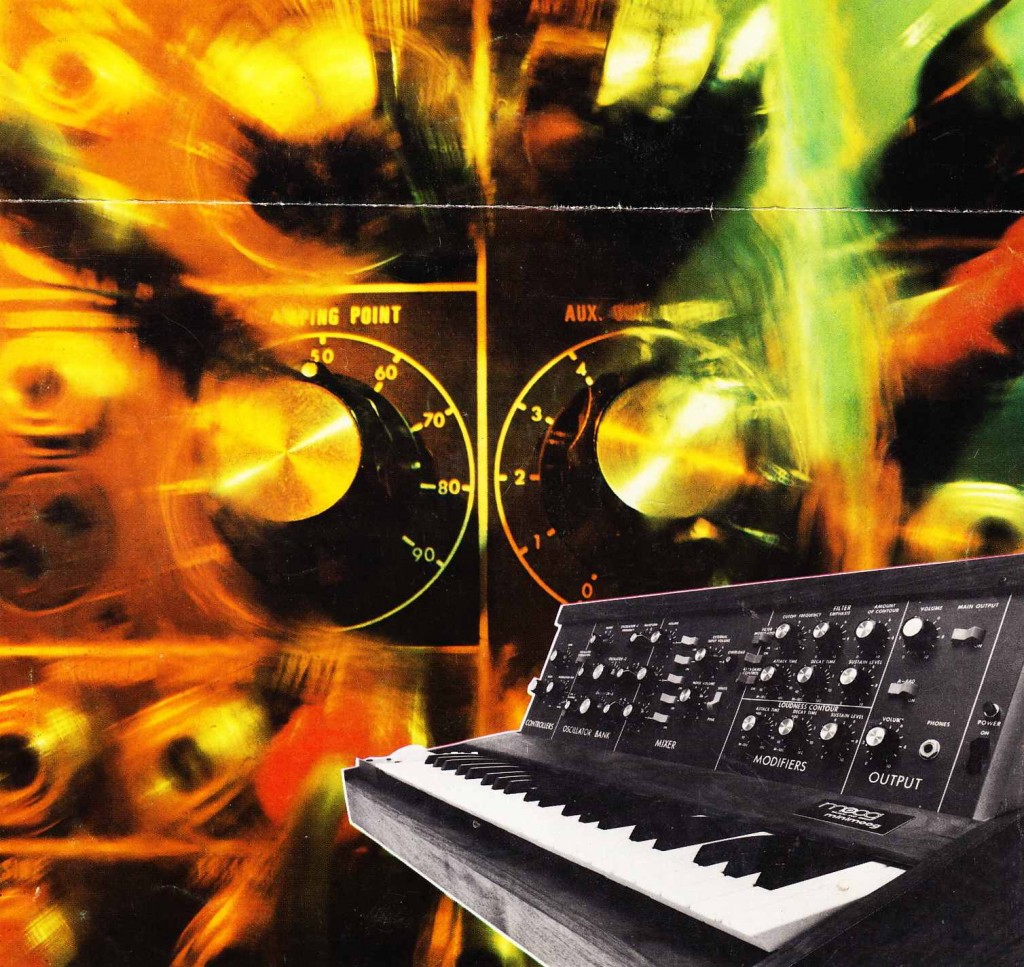 From the PS dot com archive/pile: Download nine pages of German-language Mini Moog and Moog Sonic-Six catalogs from 1974.
From the PS dot com archive/pile: Download nine pages of German-language Mini Moog and Moog Sonic-Six catalogs from 1974.
DOWNLOAD: Moog_Germany_1974
Also includes Moog German price-list of the era.
The Mini-Moog synthesizer was introduced in 1970. It was a truly revolutionary device.
Keyboardist Rick Wakeman says of the Minimoog’s invention: “For the first time you could go on [stage] and give the guitarist a run for his money…a guitarist would say, ‘Oh shit, he’s got a Minimoog’, so they’re looking for eleven on their volume control – it’s the only way they can compete.” Wakeman said the instrument “absolutely changed the face of music.”
Essentially, the Mini Moog was the first widely-available ‘performance’ rather than ‘studio’ synthesizer instrument. The distinctive sound of the Mini Moog is due its 3 available oscillators (most vintage analog monophonic synths have no more than 2) and its 24db per octave filter (in contrast to the less-aggressive 18db per octave filter of its contemporaries).
The Moog Sonic-Six was similar to the Mini Moog, but it has only two oscillators. Its ‘institutional’ design and built-in amplified speaker highlights its intent as an educational instrument.
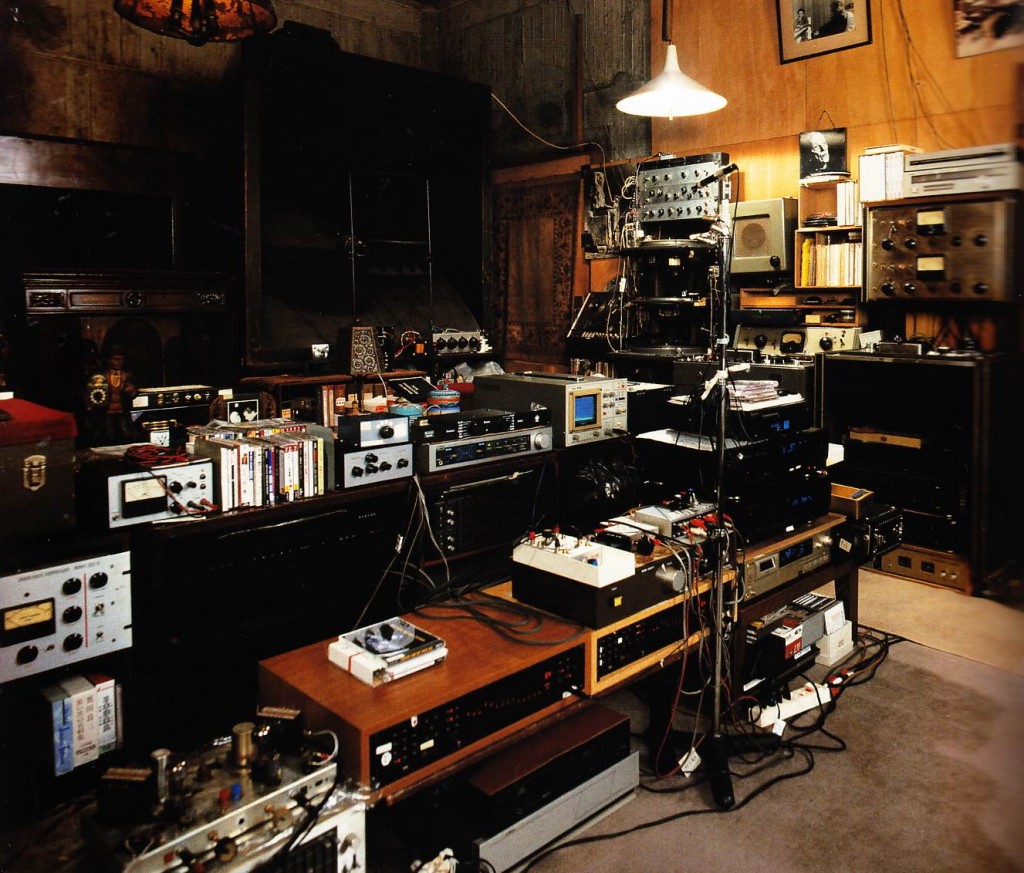 Wow would you take a look at that pile.
Wow would you take a look at that pile.
Been thinking about Japan a lot lately; it’s impossible not to, what with the coverage of the horrific events suffered there by so many. As I type this, NPR is reporting that the official death toll has just passed 10,000. I attended a public magnet school for 10th grade in which I was taught Japanese and then sent to Japan to live with a suburban family for a month. This experience had a profound effect on me and I am consequently one of many Americans who has a great fascination with, and affection for, Japan. It is notable that middle-aged Japanese men seem by all accounts to be the world’s leading demographic of vintage-audio fans and collectors; antique audio has become my obsession as well. Not sure how the chicken/egg thing sorts out on this one but there you go.
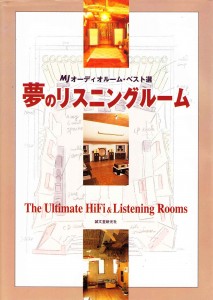 “The Ultimate HiFi & Listening Rooms” was published sometime in the past decade. From what I can divine from the wholly Japanese text, it seems to be a collection of “Show us your system!” reader-submissions as published from 1989- 2002 in MJ Audio Technology, the venerable Japanese magazine. See this earlier post for full details on MJ.
“The Ultimate HiFi & Listening Rooms” was published sometime in the past decade. From what I can divine from the wholly Japanese text, it seems to be a collection of “Show us your system!” reader-submissions as published from 1989- 2002 in MJ Audio Technology, the venerable Japanese magazine. See this earlier post for full details on MJ.
If there is one thing that collectors of obscure items all enjoy, it’s seeing the similar collections of others, and this book does not disappoint. I picked this up in Tokyo several years back, and I have no idea if it is still in publication; if it is, Kinokuniya can certainly import it for you (The ISBN 10 is: 4-416-10201-1).
Here are some examples of the wonders on display in this 192pp volume.
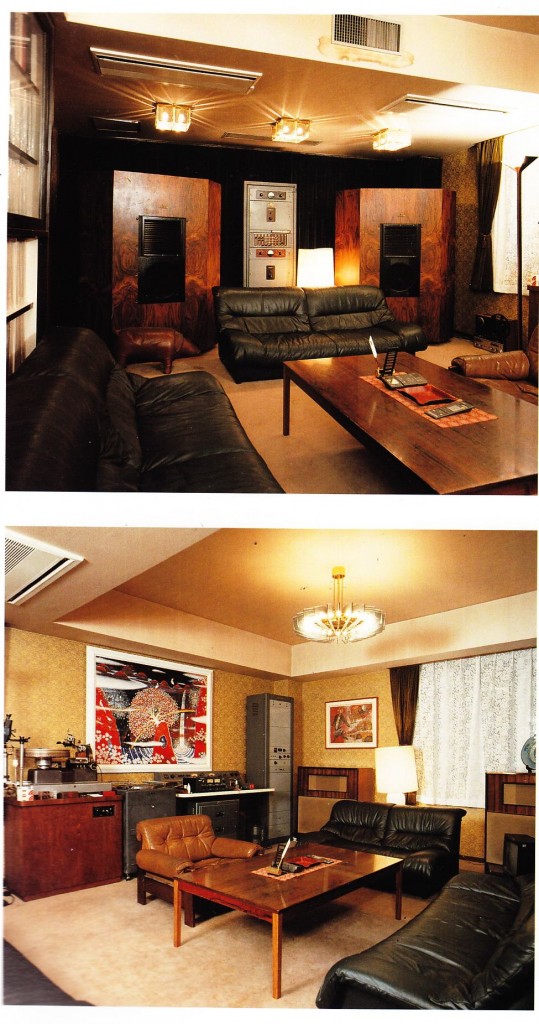 I really dig how the inclusion of the antique-industrial-electronics within an otherwise conservative, posh-masculine domestic space creates a real Matthew Barney vibe. Or, in a different sense, it feels like the discourse established by the obelisks in the various images within the Led Zep ‘Presence’ sleeve.
I really dig how the inclusion of the antique-industrial-electronics within an otherwise conservative, posh-masculine domestic space creates a real Matthew Barney vibe. Or, in a different sense, it feels like the discourse established by the obelisks in the various images within the Led Zep ‘Presence’ sleeve.
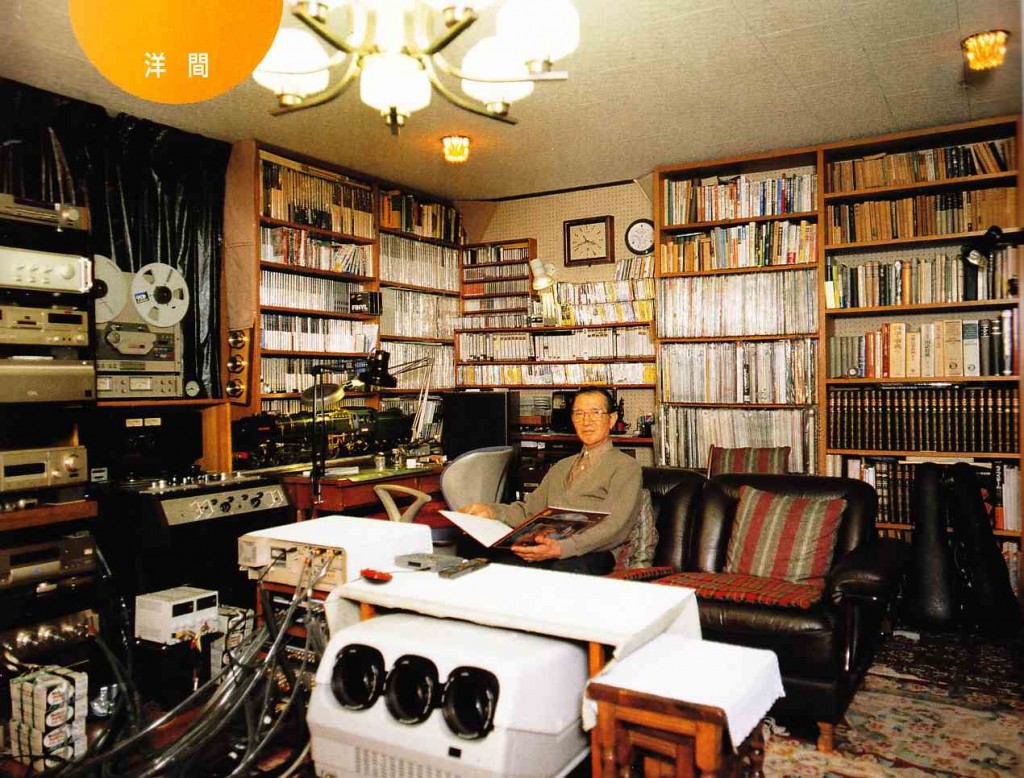
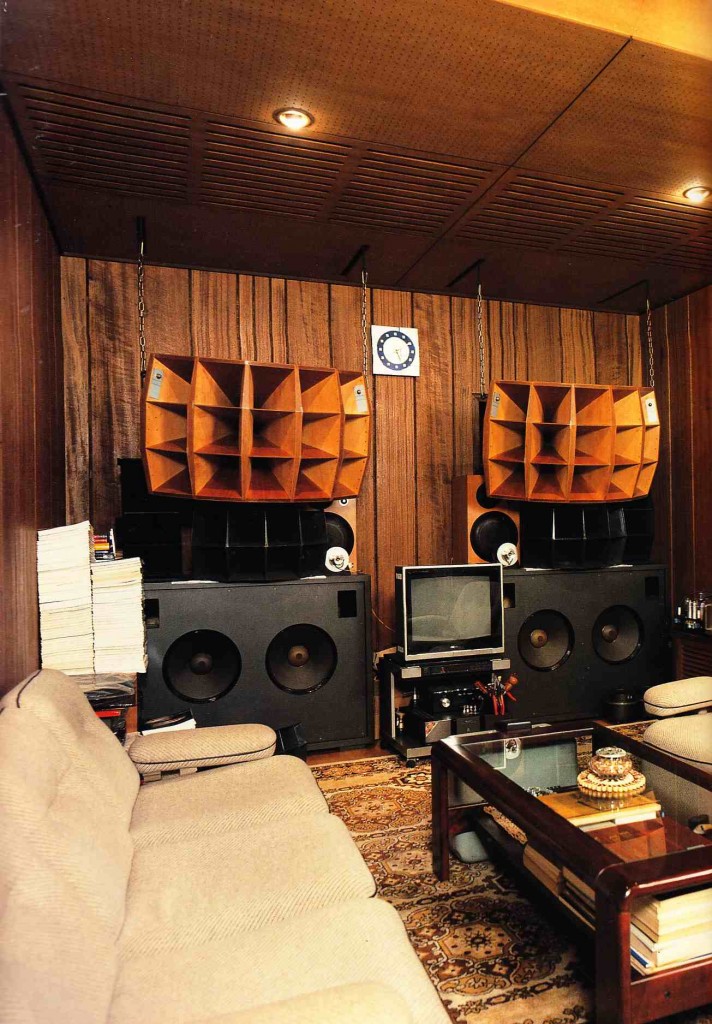
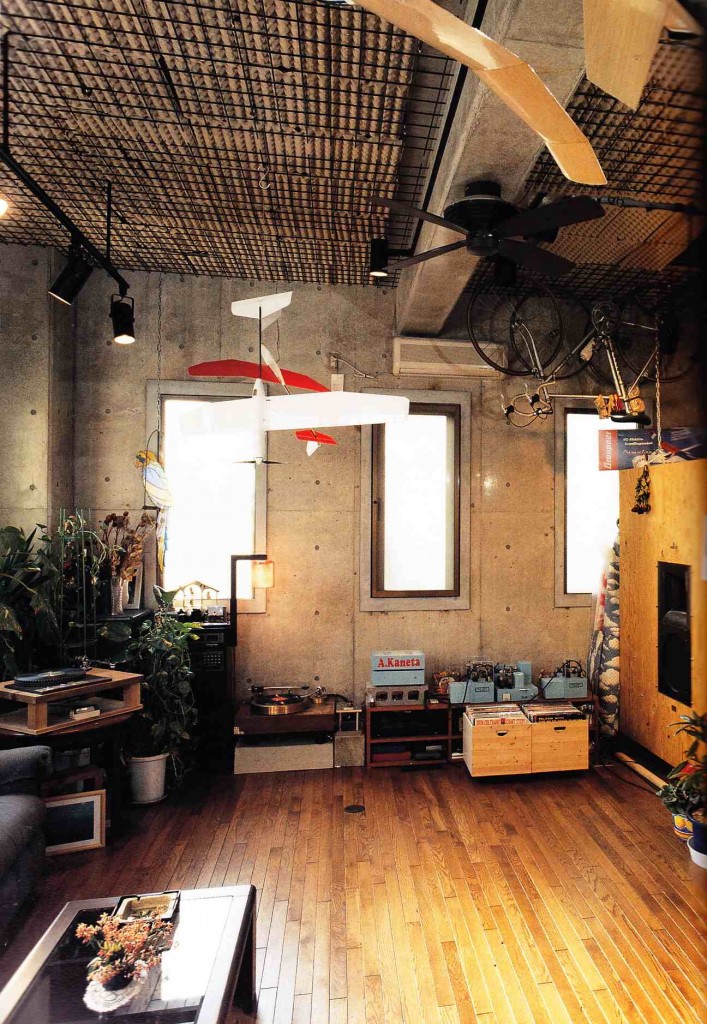 Aside from the strange and sizeable systems, many of the spaces themselves are quite beautiful and idiosyncratic.
Aside from the strange and sizeable systems, many of the spaces themselves are quite beautiful and idiosyncratic.
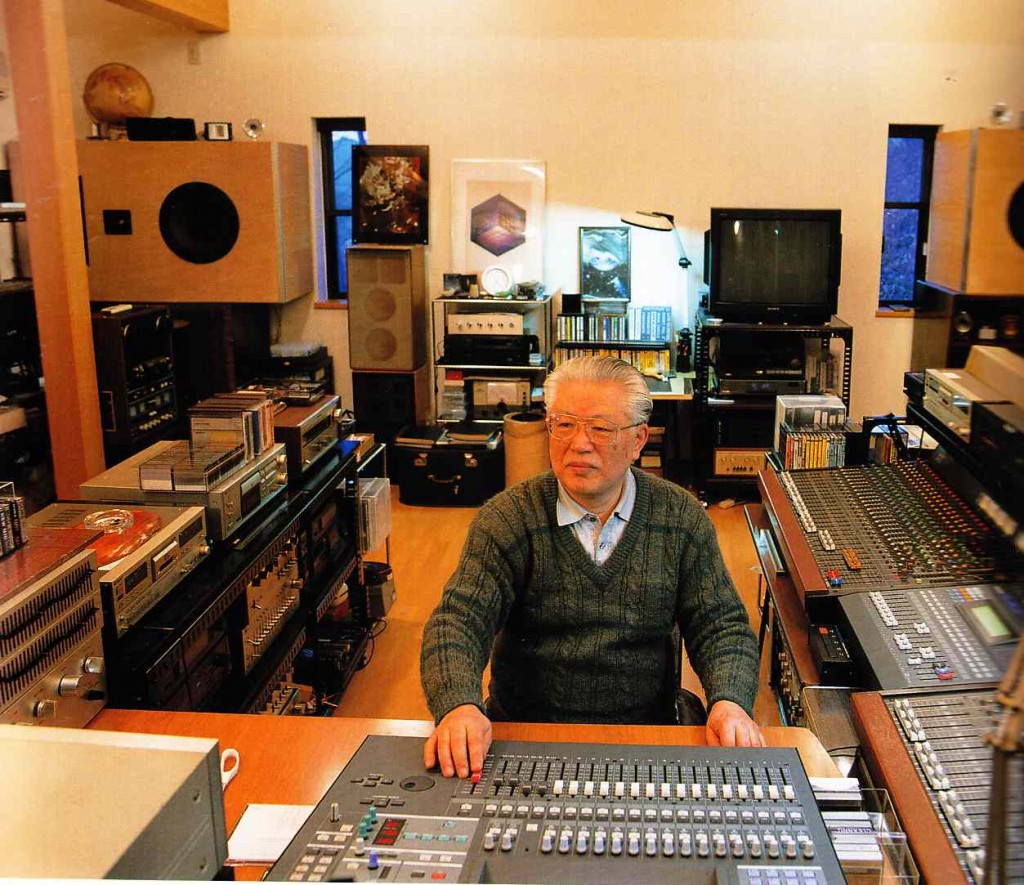 Portraiture of the obsessed. Highly recommended.
Portraiture of the obsessed. Highly recommended.
See this link for previous Japanese Super-Collector coverage on PS.com
Musician Magazine 1976 -1999
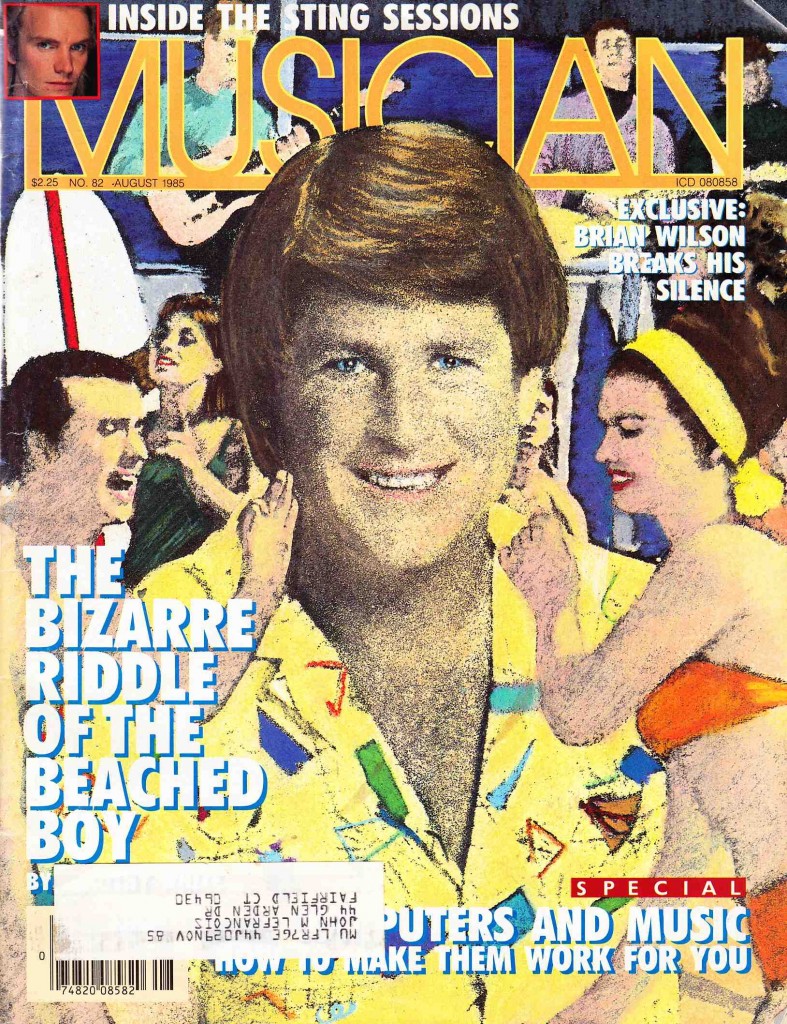 What if I told you that there was a music magazine which featured writers including rock-lit luminaries Lester Bangs and Cameron Crowe; exceptionally strong graphic design; and coverage of the most successful mainstream and most vital ‘underground’ artists of the day; all aimed not at music fans, but at musicians themselves. This publication was called, plainly, MUSICIAN, and it’s worth a look. From Wikipedia:
What if I told you that there was a music magazine which featured writers including rock-lit luminaries Lester Bangs and Cameron Crowe; exceptionally strong graphic design; and coverage of the most successful mainstream and most vital ‘underground’ artists of the day; all aimed not at music fans, but at musicians themselves. This publication was called, plainly, MUSICIAN, and it’s worth a look. From Wikipedia:
“Musician …was a monthly magazine that covered news and information about American popular music. Initially called “Music America”, it was founded in 1976 by Sam Holdsworth and Gordon Baird. (…) Subtitled “The Art, Business and Technology of Making Music,” it became known for its extended and thorough articles about the stars of rock music. “Musician” was not intended to be a fan magazine—the founders envisioned it as a publication about the musician’s craft, and as a result, it earned it the respect of people in the music business. As Holdsworth told an interviewer in 2003, the magazine “…created a level of trust that made the musicians feel they were talking with peers.” In that same article, he noted that “Musician” was also known for finding out the little things that the average magazine did not—such as why a musician chose a particular brand of instrument, or what was the inspiration for a certain song.”
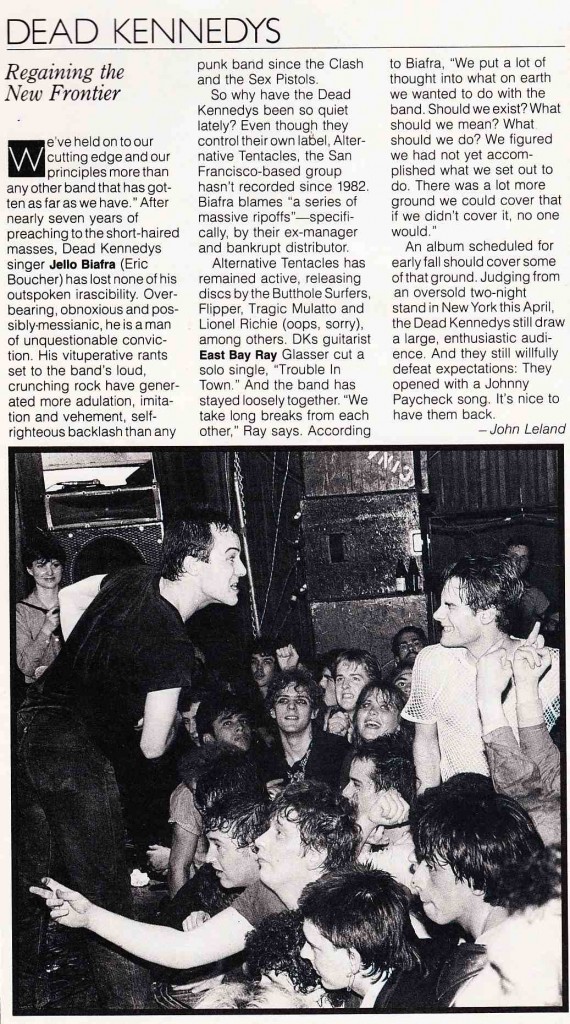 The Dead Kennedys in MUSICIAN, August 1985
The Dead Kennedys in MUSICIAN, August 1985
I have always been struck by how much more candid musicians are when speaking to musician-oriented publications rather than the popular or music-fan press. Old issues of Guitar Player magazine come to mind in this regard. MUSICIAN mag offers much of the same. The intended audience here is musicians, specifically; not recording engineers; but there is still some interesting historical bits for audio fans. If you chance upon a pile of old issues, pick em up. Some revealing advertising from the August 1985 issue:
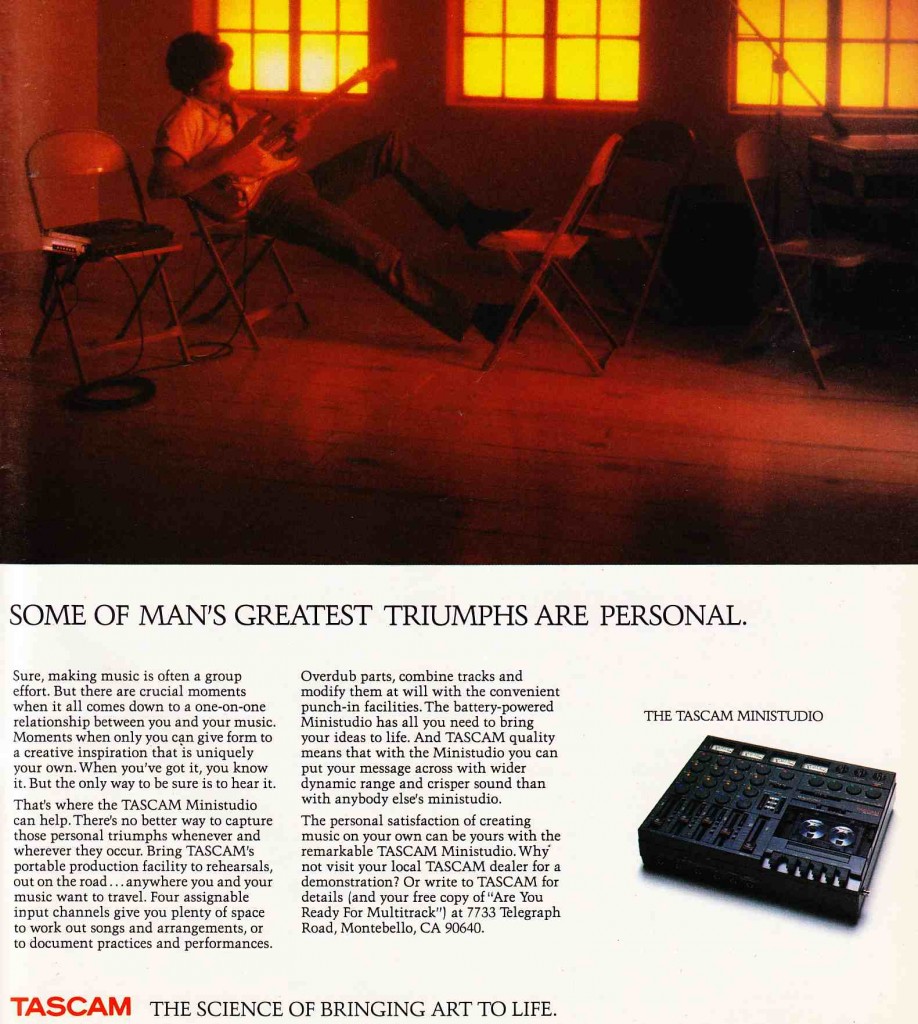 The Tascam Porta 01, which was a lower-priced alternative to their 144/244/246 cassette four-track. Note the light of God/Genius/Art streaming through the windows.
The Tascam Porta 01, which was a lower-priced alternative to their 144/244/246 cassette four-track. Note the light of God/Genius/Art streaming through the windows.
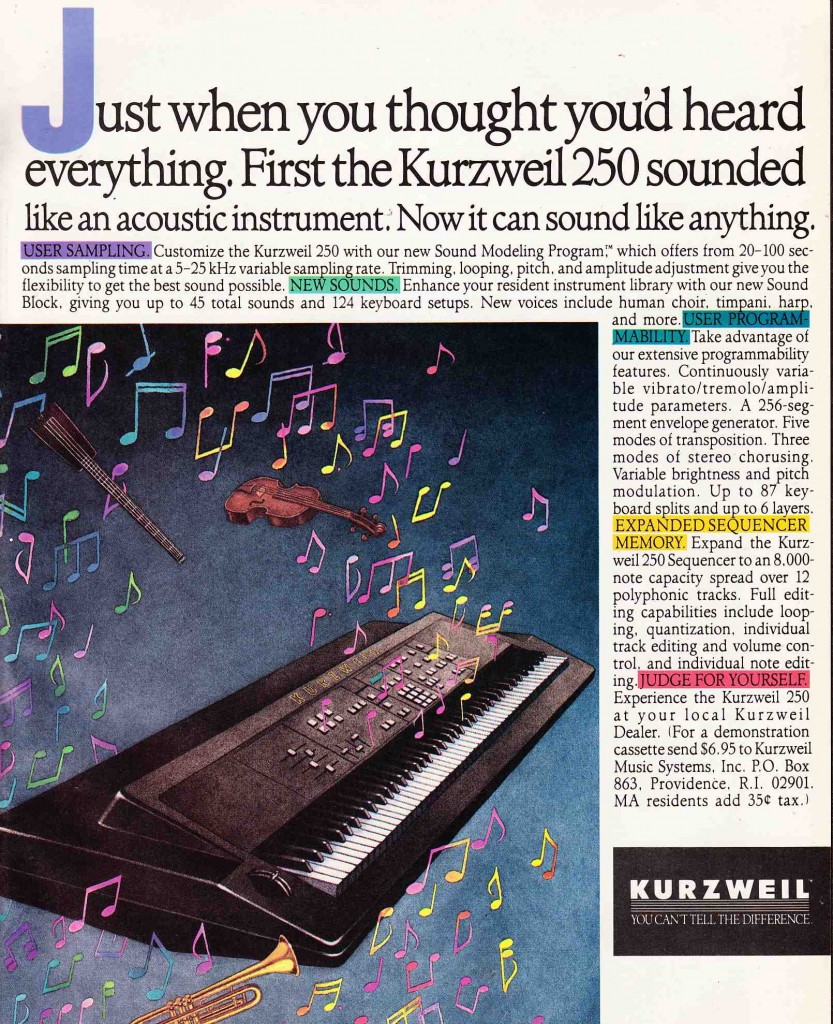 I studied composition at university, and we were taught on the Kurzwel K2500, which was a very high-end synth/sampler in 1995 (approx. $5000 loaded). This is spare change in comparison to the Kurzweil 250 of 1985 (pictured above), which sold for$14,000 – $16,000. That’s THIRTY ONE THOUSAND DOLLARS in today’s money. Good lord.
I studied composition at university, and we were taught on the Kurzwel K2500, which was a very high-end synth/sampler in 1995 (approx. $5000 loaded). This is spare change in comparison to the Kurzweil 250 of 1985 (pictured above), which sold for$14,000 – $16,000. That’s THIRTY ONE THOUSAND DOLLARS in today’s money. Good lord.
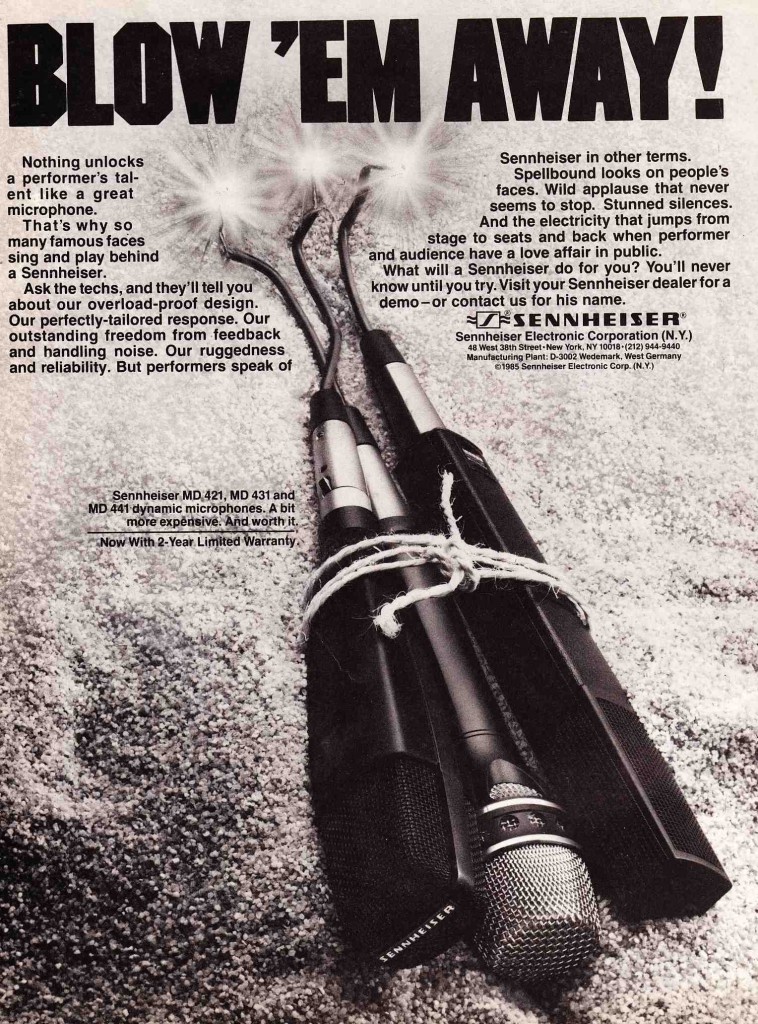 We’ve looked at a lot of 1960s and 1970s Sennhesier 421 ads on this site; here is an 80’s iteration, complete with the ‘blackfire’ 441 of the era.
We’ve looked at a lot of 1960s and 1970s Sennhesier 421 ads on this site; here is an 80’s iteration, complete with the ‘blackfire’ 441 of the era.
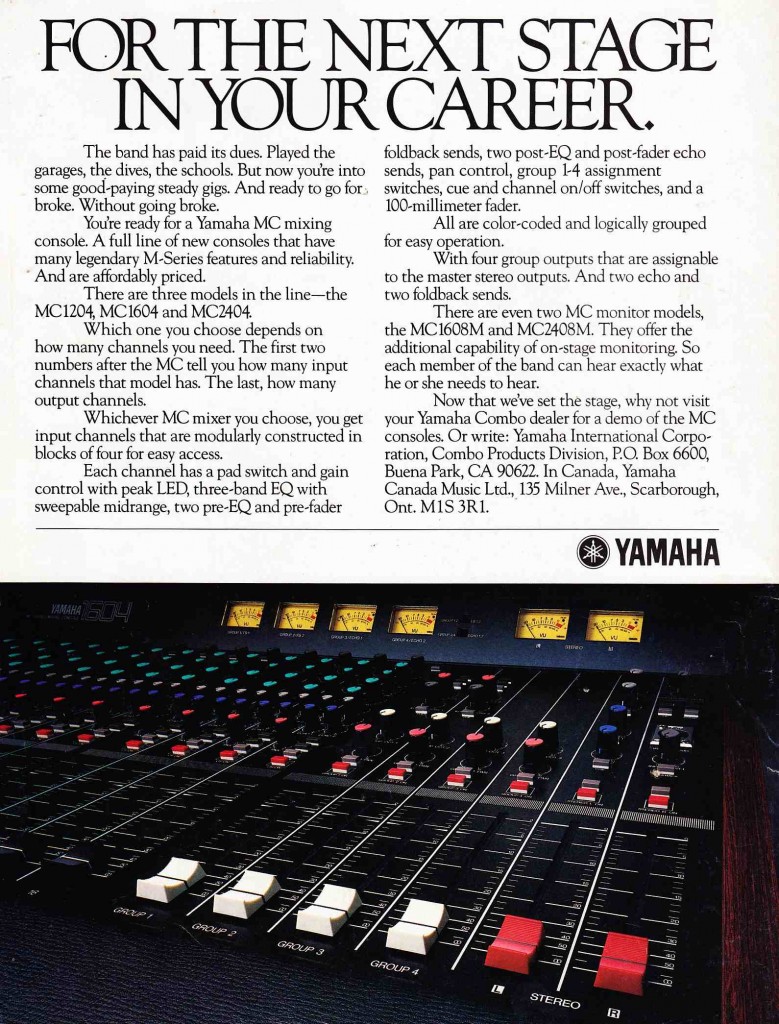 There is a lot of emphasis in the advertising on ‘professional,’ ‘career,’ ‘making it happen,’ etc. Not sure if we can read this as an appearance of the unavoidable-in-the-1980’s ‘yuppie’ zeitgeist but it certainly stands out today as odd language to find in a musician (artist) space, which we generally populate with romantic ‘creative’ and ‘expressive’ concepts.
There is a lot of emphasis in the advertising on ‘professional,’ ‘career,’ ‘making it happen,’ etc. Not sure if we can read this as an appearance of the unavoidable-in-the-1980’s ‘yuppie’ zeitgeist but it certainly stands out today as odd language to find in a musician (artist) space, which we generally populate with romantic ‘creative’ and ‘expressive’ concepts.
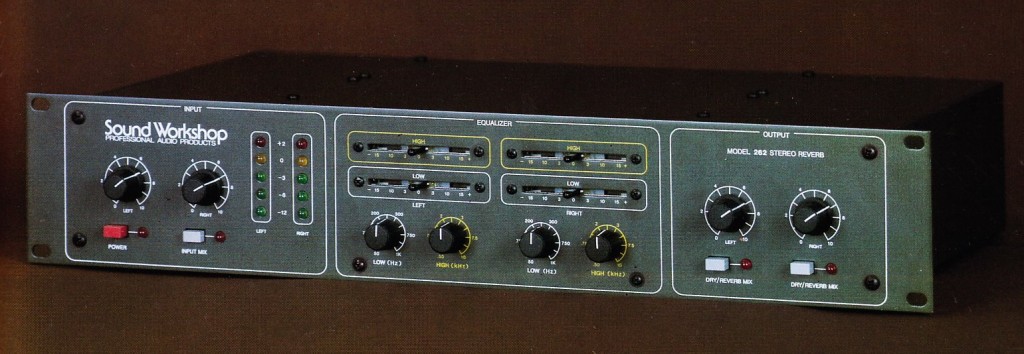 Download the four-page catalog for the Sound Workshop 242C and 262 stereo reverberation devices:
Download the four-page catalog for the Sound Workshop 242C and 262 stereo reverberation devices:
DOWNLOAD: SoundworkshopReverbs
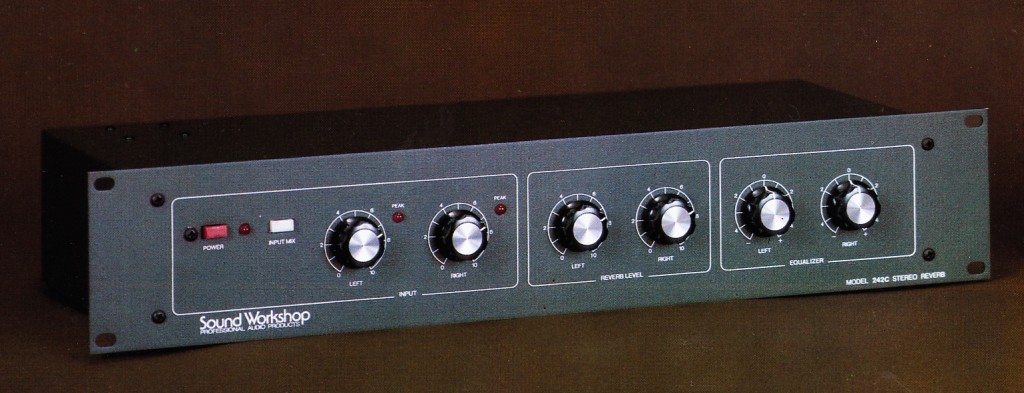 I’ve been using a 242C in the studio for years; it’s ok for signals that don’t need much high or low end. It’s pretty boing-y and a little bit noisy. It does have a cool dense, gritty texture that give backing vocals a nice old-school character. At this point, i have learned to always use it in the following way: usually I pre-delay the input 10 or 20 ms; then run the input signal through a gentle compressor (usually DBX 160); and cut the highs and lows on the return to remove hiss and hum that the spring pickups introduce. Oh yeah and the 242C is not really intended for +4 studio use; so i also use a Peavey stereo +4/-10 converter in order to best gain-stage it. So yeah… a lot of support equipment around this humble box. It does get a lot of use tho. Hey at least it has overload LEDs and and a very-useful ‘input mix’ switch with combines both inputs – great for creating pseudo-stereo from a mono source.
I’ve been using a 242C in the studio for years; it’s ok for signals that don’t need much high or low end. It’s pretty boing-y and a little bit noisy. It does have a cool dense, gritty texture that give backing vocals a nice old-school character. At this point, i have learned to always use it in the following way: usually I pre-delay the input 10 or 20 ms; then run the input signal through a gentle compressor (usually DBX 160); and cut the highs and lows on the return to remove hiss and hum that the spring pickups introduce. Oh yeah and the 242C is not really intended for +4 studio use; so i also use a Peavey stereo +4/-10 converter in order to best gain-stage it. So yeah… a lot of support equipment around this humble box. It does get a lot of use tho. Hey at least it has overload LEDs and and a very-useful ‘input mix’ switch with combines both inputs – great for creating pseudo-stereo from a mono source.
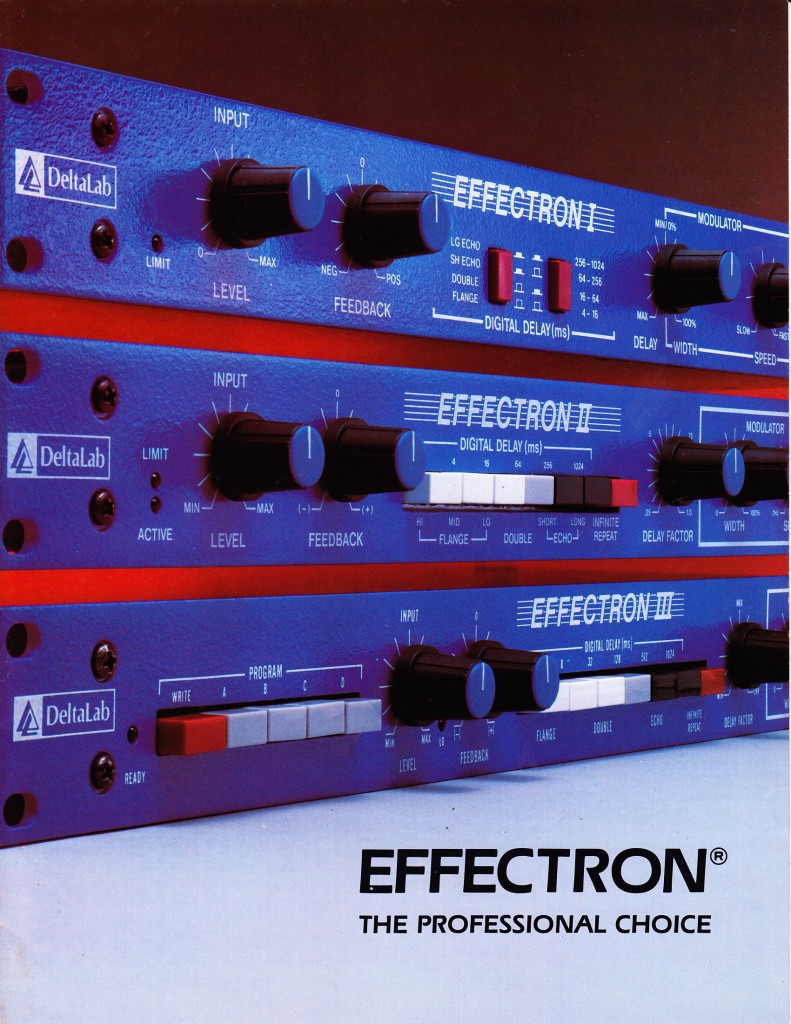 Download the four-page catalog for the Delta Lab Effectron line of the early 1980s:
Download the four-page catalog for the Delta Lab Effectron line of the early 1980s:
DOWNLOAD:EffectronCatalog
If you have been following this site for a while, you will know that I dig the Effectron. There are a world of creative possibilities in these well-made, cheap-to-buy boxes. Examples turn up regularly for $50 – $100. 10 minutes with one of these things will teach you more about the range of effects available using a modulated delay than you will get from a year using the plug ins. True, there is nothing that these boxes can do that Digidesign MediumDelay can’t; but the immediate tactile response of the knobs can’t be beat. Highly recommended.
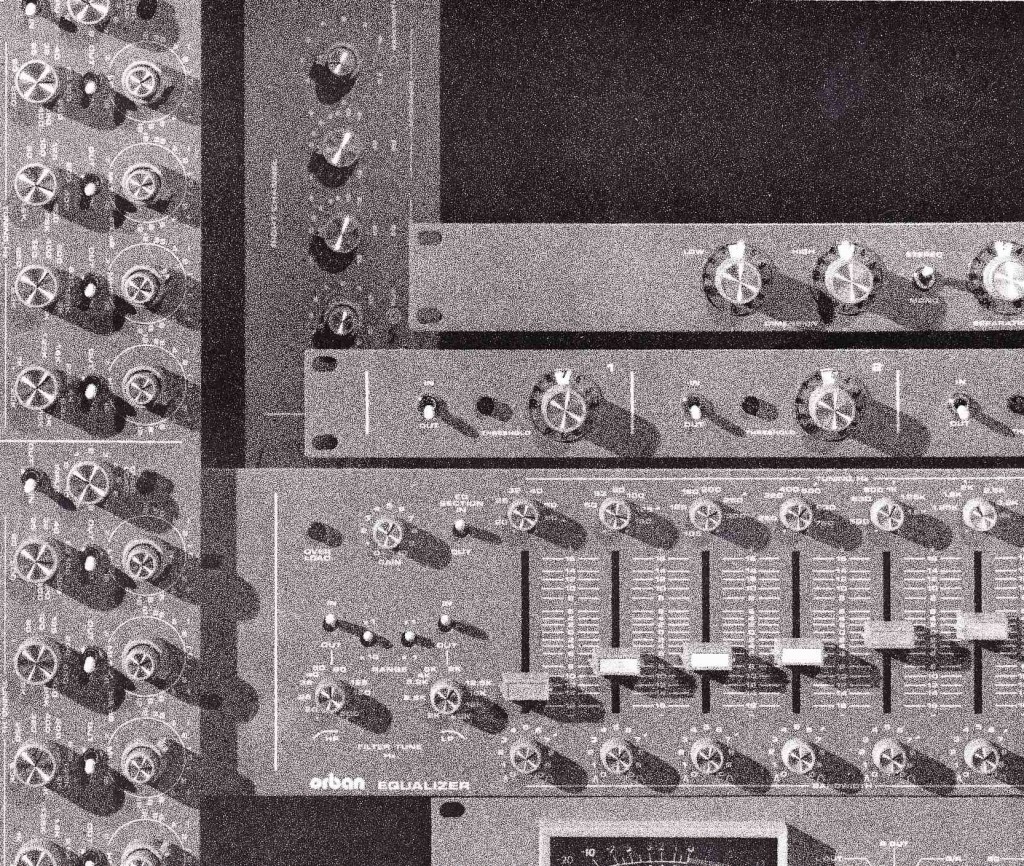 Download the four-page circa 1984 Orban ‘condensed catalog’:
Download the four-page circa 1984 Orban ‘condensed catalog’:
DOWNLOAD: OrbanCondCatalog
Photos and descriptions (no specs) of the following models: Orban 111B reverberation; 245F stereo synthesizer; 418A stereo compressor/limiter; 424A Gated compressor/limiter/De-Esser (i.e., ‘make-it-as-loud-as-the-FCC-will-allow’ box); 516EC 3-channel De-Esser; 526A De-esser; 622B 2-channel parametric equalizer; 672A equalizer; 674A stereo equalizer.
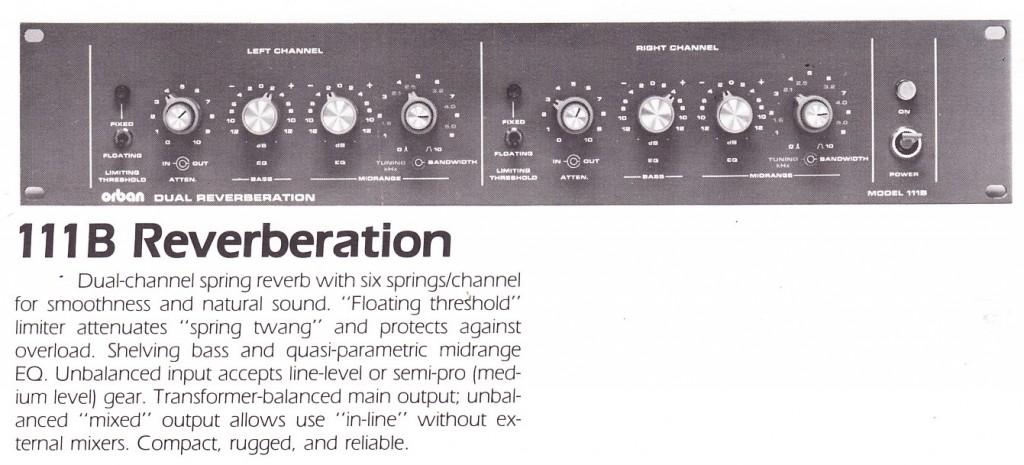 I have been using a 111B reverb for many years in the studio to augment the usual reverb plug-ins. It is the best spring reverb unit I have come across. I have found that it absolutely needs a little pre-delay applied, or else weird phase cancellation occurs when I sum the reverb output back into the board along with the direct signal. There are may easy ways to do this, but it is worth noting.
I have been using a 111B reverb for many years in the studio to augment the usual reverb plug-ins. It is the best spring reverb unit I have come across. I have found that it absolutely needs a little pre-delay applied, or else weird phase cancellation occurs when I sum the reverb output back into the board along with the direct signal. There are may easy ways to do this, but it is worth noting.
Orban was founded three decades ago by Bob Orban. They have always made audio equipment aimed at the radio broadcast market. Prices for their classic 80’s gear were reasonable until recently. Plenty of these out there, tho, so if yr patient and you will get a deal.
Since Orban is in the business of supplying broadcasters, their website have excellent technical support. You can download the original manuals for all their products at this link on their site.
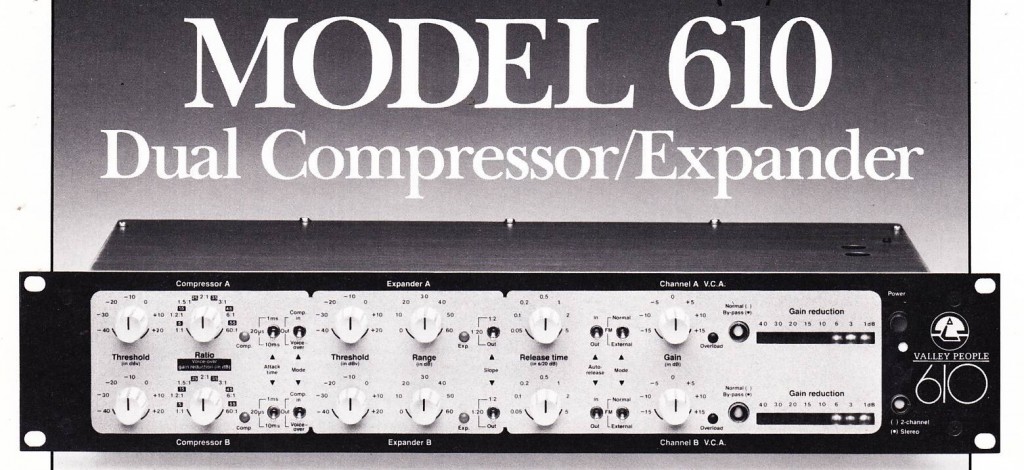 Download the original 2-page product sheet for the Valley People 610 dynamics processor:
Download the original 2-page product sheet for the Valley People 610 dynamics processor:
DOWNLOAD: ValleyPeople610
Valley People was the successor to Allison Research. VP produced many popular dynamics processors in the early 1980’s, most notably the Kepex gate and the Dynamite Compressor. The 610 was their flagship product.
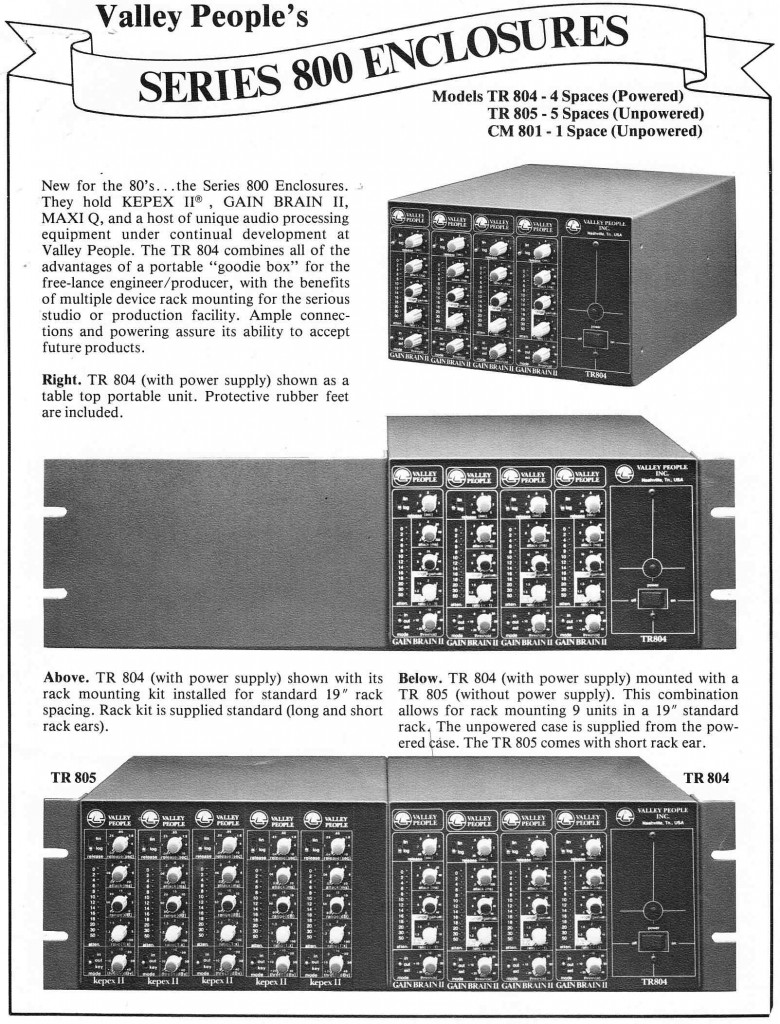 Download 5-pages of original Valley People literature regarding their ‘Series 800’ modular racks, plus 3 period pricelists:
Download 5-pages of original Valley People literature regarding their ‘Series 800’ modular racks, plus 3 period pricelists:
DOWNLOAD:ValleyPeopleSeries800_and_pricelists
Our pal T.W. rang this week inquiring about this product line. Figured that made this as good a time as any to upload all of the old Valley People literature in the collection. Later this week: original product-sheets and manuals for the Dynamite, Model 610, Kepex II, and Gain Brain II.
 Interesting to note that V.P. is promoting ‘transformerless mic preamp’ replacement for MCI consoles. Nowadays, the only reason that most folks would chose to purchase an old MCI console is because of the transformer-mic-inputs. And everything old is new again…
Interesting to note that V.P. is promoting ‘transformerless mic preamp’ replacement for MCI consoles. Nowadays, the only reason that most folks would chose to purchase an old MCI console is because of the transformer-mic-inputs. And everything old is new again…
“Engineers and musicians have long debated the question of tube sound versus transistor sound.”
From the AES Journal, in the form of a paper first presented in 1972, Russell Hamm delivers a quasi-scientific study and analysis of the difference between tube and solid-state microphone pre-amps. Click here to read the fourteen-page article. This paper confirms what most recording engineers seem to realize intuitively: solid-state and vacuum tube amplifiers operate equally ‘well’ (read: musically-pleasing) when operated totally clean. However, Hamm reports that tube microphone pre-amps offer 15 – 20 db more acceptable semi-distorted headroom on transients, while only showing a 2-4 db actual increase in electrical output over this range. I.E., as Hamm states, tube microphone pre-amps can be extremely effective compressors. There’s more to it than that; read the piece and draw your own conclusions.
